Various staging techniques create a welcoming product that can immediately be recognised and as a result, would normally increase the desirability of the property.
Sometimes known as property presentation or property styling, the techniques range from small changes making use of what you already have to bigger sums of monetary investment – it isn’t just a quick redecoration of a room.
The overall goal of this is a return on investment of these tasks, and in this article, we will look at a few of the best techniques that you can pick and choose from.
Declutter and Depersonalise
One of the fundamental principles of effective home staging is creating a blank canvas that allows potential buyers to envision their own lives in the space. This means decluttering and depersonalising your home. Here's how to tackle this crucial step:
Decluttering:
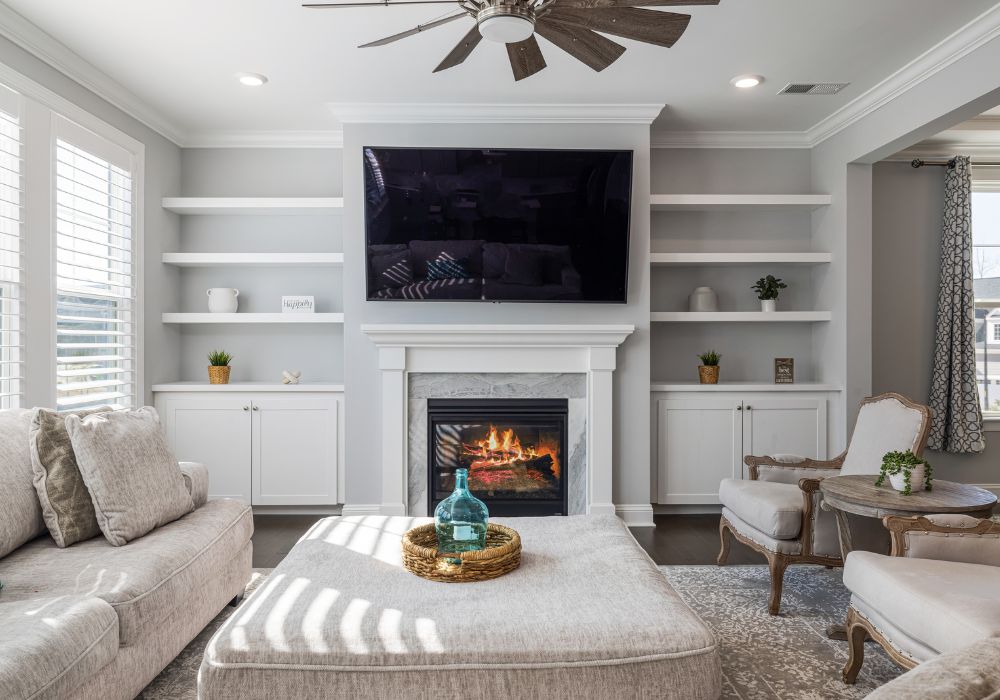
Decluttering involves removing excess items and creating a sense of space. Follow these tips:Start Early: Begin the decluttering process well in advance of listing your property. This gives you time to methodically go through each room.
Room-by-Room Approach: Take one room at a time. Begin with common areas like the living room and kitchen, then move to bedrooms and bathrooms.
Keep, Donate, Discard: As you go through your belongings, categorise items into three groups: keep, donate, and discard. Be ruthless and try to keep only what is necessary.
Storage Solutions: Invest in temporary storage solutions, such as bins or boxes, to keep your items organised during the selling process.
Clear Countertops: In the kitchen and bathroom, clear countertops of appliances, personal products, and clutter. This creates a clean and spacious look.
Depersonalising:
Depersonalising your home means removing personal touches that make it uniquely yours. Here's how to achieve a depersonalised look:Family Photos: Take down personal photographs and replace them with neutral artwork or mirrors. This allows buyers to imagine their own family in the space.
Personal Decor: If you have strong personal decor themes, consider toning them down. For instance, if you're an avid collector of a particular item, it's a good idea to pack most of them away.
Neutral Colour Palette: If your walls are painted in bold or highly personalised colours, consider repainting in neutral tones. Neutral colours provide a clean slate for buyers.
Personal Items: Remove personal items such as religious or political artefacts, and items that may be considered unusual or off-putting to some buyers.
Minimise Personal Memorabilia: While your personal memorabilia and collections may hold sentimental value, it's best to store them away during the selling process.
Furniture Arrangements
Another quick and often free, in that it makes use of your existing possessions is furniture arranging.Effective furniture arrangement not only creates a comfortable living environment but also helps potential buyers visualise how they might utilise the space. Here's how to go about it:
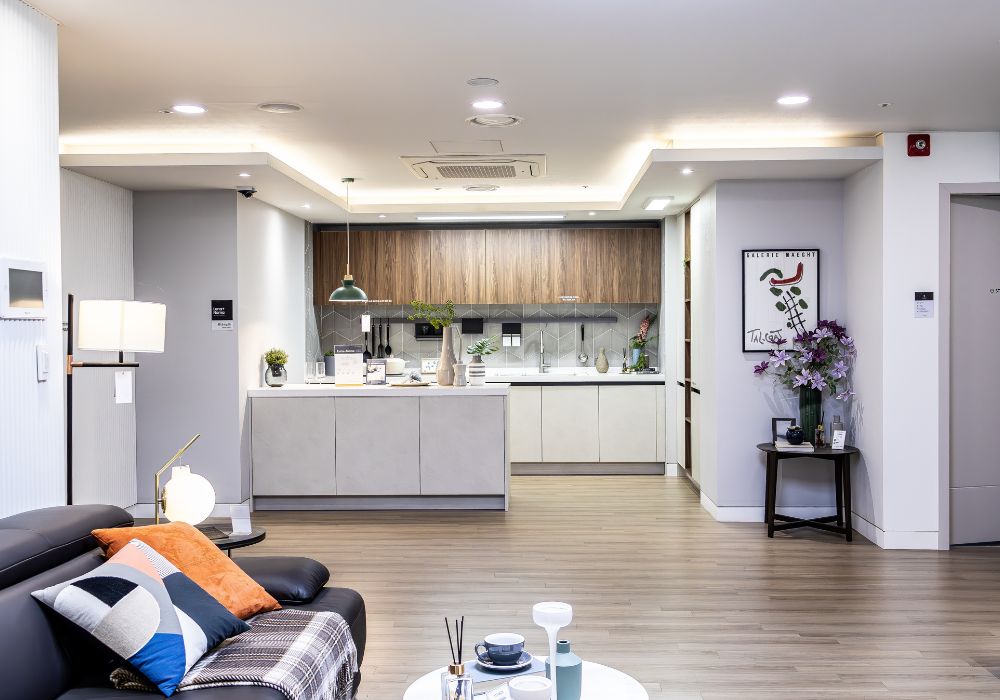
Assess Your Furniture: Before you start rearranging, take stock of your furniture pieces. Consider what's essential for each room and what could be temporarily stored elsewhere. This will help you create a more open and inviting atmosphere.
Create a Focal Point: In each room, identify a focal point. It could be a fireplace, a large window with a view, or a striking piece of furniture. Arrange your furniture around this focal point to draw attention to it.
Consider Traffic Flow: Think about how people naturally move through space. Ensure that there are clear pathways from one area to another. Avoid blocking doors, windows, or walkways with furniture.
Scale Matters: Pay attention to the scale of your furniture in relation to the room. Oversized furniture can make a room feel cramped, while undersized furniture can make it look sparse. Aim for a balanced and proportional arrangement.
Neutralise the Layout: Your goal is to create a neutral and universally appealing layout. Symmetry often works well, but it's not the only option. Experiment with different arrangements until you find one that showcases the space effectively.
Kerb Appeal
Kerb appeal is the first impression your home makes on potential buyers, and it can greatly influence their decision to explore further or move on to the next property.We have written another blog recently that goes into more detail about kerb appeal, but here are a few strategies that you can take to enhance the kerb appeal of your home:
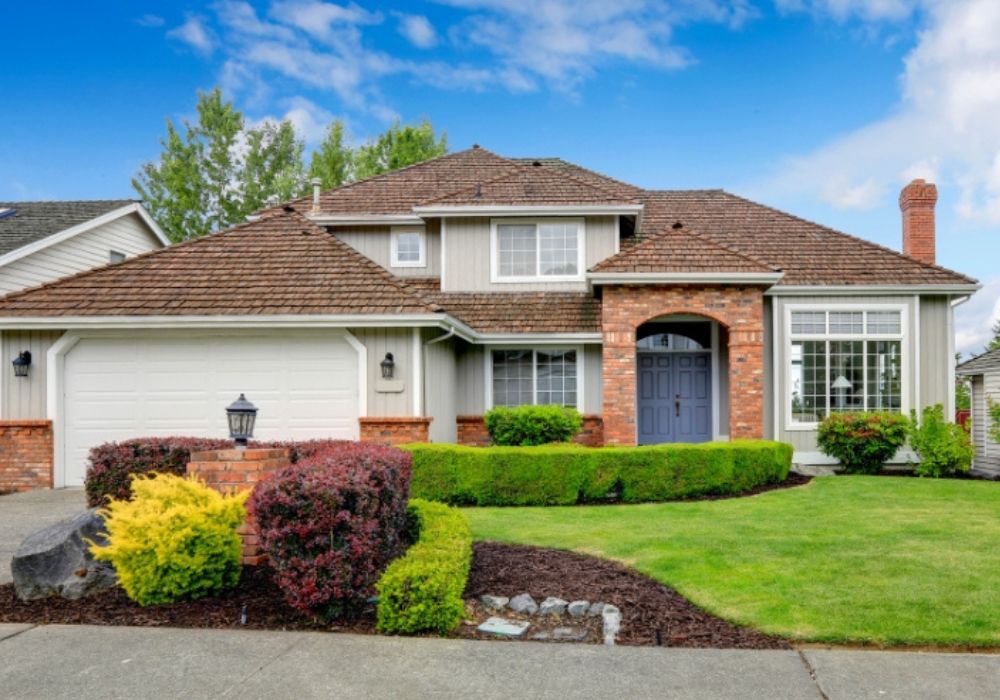
Landscaping and Lawn Care
A well-maintained landscape immediately catches the eye and communicates that your property is cared for. If you have a lawn, or front garden areas follow these landscaping tips:Lawn Maintenance: Keep the lawn neatly mowed and edged. Remove any weeds or bare patches.
Flower Beds: Plant colourful flowers and fresh mulch in flower beds to add vibrancy and freshness.
Trimmed Shrubs and Trees: Trim overgrown shrubs and trees to create a manicured look.
Container Gardens: Use potted plants near the entrance or on the porch for a welcoming touch.
Exterior Cleaning
A thorough cleaning of the exterior can do wonders for your home's kerb appeal:Pressure Wash: Use a pressure washer to clean the exterior of the house, including siding, sidewalks, and the driveway.
Windows and Gutters: Clean windows inside and out to let natural light shine through. Make sure gutters are clean and free of debris.
Front Door: Polish or repaint the front door, and consider adding a stylish new handle or knocker.
Entrance Appeal:
The front entrance is a focal point, so make it inviting:Wreath or Decor: A seasonal wreath or other appropriate decor on the front door can add charm.
Clean Doormat: Invest in a clean, new doormat that welcomes guests.
Symmetry: If space allows, consider symmetrical arrangements, such as matching potted plants on either side of the door.
Repairs and Maintenance:
Attend to any needed repairs or maintenance:Roof and Gutters: Replace damaged shingles and repair any gutter issues.
Exterior Paint: If your home's exterior needs a fresh coat of paint, consider doing so before listing.
Postbox: Ensure your postbox is in good condition and freshly painted.
Repair Work and Upgrades
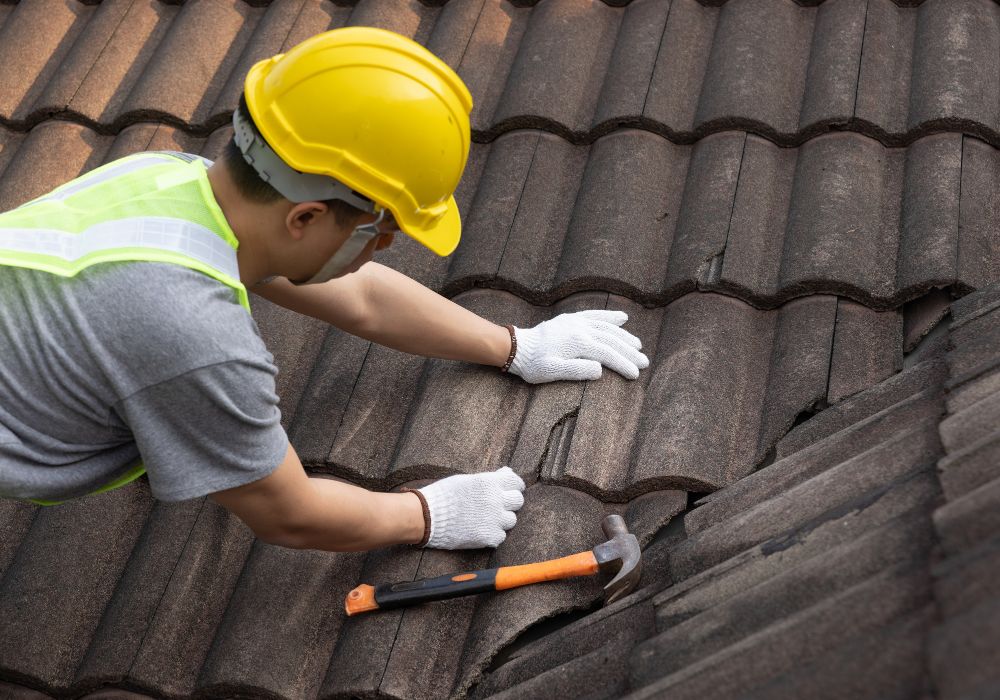
Repairs and upgrades are key elements in the home staging process, as they can significantly impact the perceived value and appeal of your property.With repairs, this is of more importance, as it is crucial to address these ahead of any property surveys, however, upgrades should be judged on their cost and potential to improve house value.
Necessary Repairs:
Before listing your home, it's crucial to address any needed repairs. These repairs not only enhance the overall condition of your property but also provide assurance to potential buyers that they won't be faced with immediate maintenance issues. Consider the following:Structural Integrity: Inspect the home for structural issues, such as roof leaks, foundation cracks, or plumbing problems. These should be repaired by qualified professionals.
Electrical and Plumbing: Ensure all electrical and plumbing systems are in good working order. Replace any faulty outlets, switches, or fixtures, and fix leaks or plumbing issues.
Cosmetic Fixes: Repair minor cosmetic issues like chipped paint, cracked tiles, or damaged drywall. Small repairs can greatly improve the overall appearance of your home.
Upgrades for Value:
While not every home will require major upgrades, strategic improvements can increase both the appeal and value of your property. Consider these upgrades:Kitchen: The kitchen is often a focal point for buyers. Consider upgrading appliances, countertops, or cabinets if they are outdated. A fresh coat of paint or new hardware can also make a significant difference.
Bathrooms: Modernising bathrooms with new fixtures, vanities, and tiling can make a strong impression. Ensure that all plumbing is in excellent condition.
Energy Efficiency: Upgrading to energy-efficient features, such as LED lighting, a programmable thermostat, or energy-efficient windows and insulation, can appeal to eco-conscious buyers and potentially lower utility bills.
Kerb Appeal: As mentioned earlier, enhancing kerb appeal is an upgrade in itself. Invest in landscaping, outdoor lighting, and exterior improvements that boost your home's overall desirability.
Flooring: If your home has outdated or worn-out flooring, consider replacing it with a more contemporary option. Hardwood floors or quality laminate are popular choices.
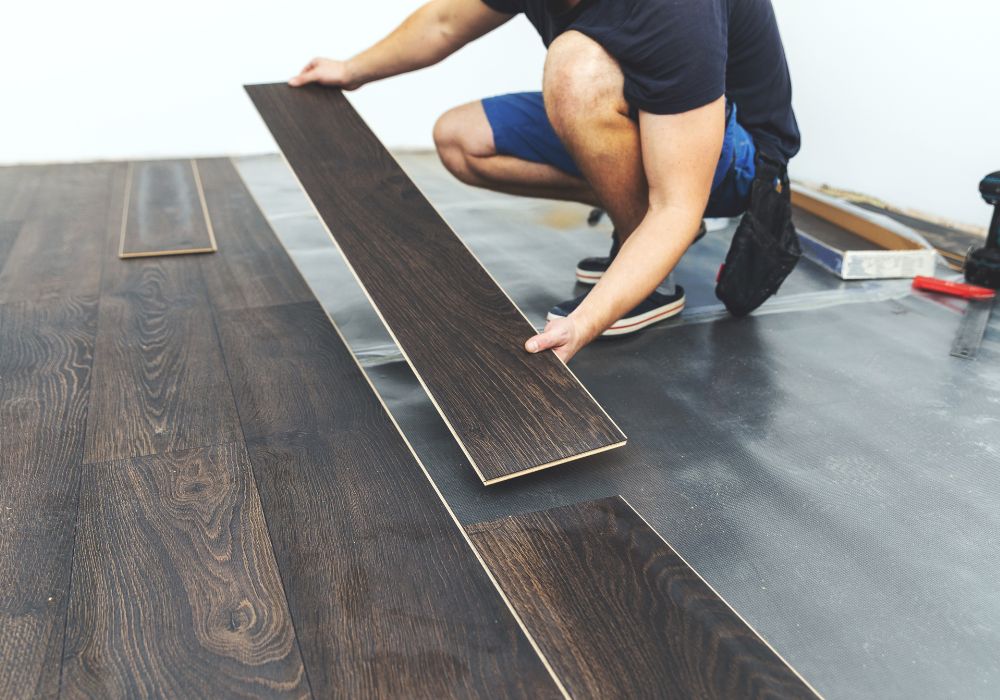
The Finishing Touches
The finishing touches are what turn a staged house into a warm and inviting home. These subtle details can make a significant difference in how potential buyers perceive your property. Let's explore how to add those final, essential elements:Fresh Flowers and Greenery:
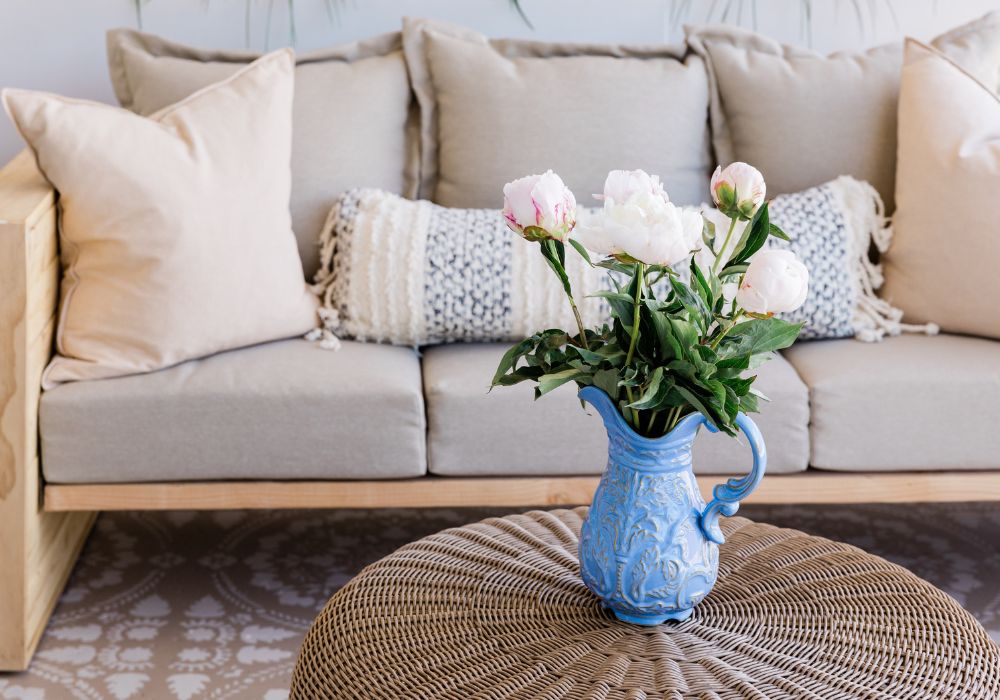
The simple beauty of fresh flowers and indoor plants can instantly breathe life into any space. Consider the following:Table Centrepieces: Place fresh flower arrangements on dining tables or coffee tables. Opt for seasonal flowers to add colour and vibrancy.
Indoor Plants: Strategically position indoor plants in well-lit areas to add a touch of nature and freshness to your home.
Artwork and Decor:
Artwork and decor should be tastefully chosen to complement your staged spaces:Wall Art: Hang artwork that complements the style of each room. Avoid controversial or overly personal pieces.
Decorative Accents: Use decorative cushions, throws, and rugs to add texture and warmth to living areas.
Mirrors: As mentioned earlier, mirrors not only reflect light but can also add a decorative element to walls.
Soft Lighting:
Soft and inviting lighting can create a cosy atmosphere in your staged home:Lamps: Add table lamps with warm-toned bulbs to living spaces and bedrooms.
Candles: Consider scented candles in the bathroom or on dining tables for a soothing ambience.
Set the Table:
If your home has a dining area, setting the table can help buyers envision themselves sharing meals in the space:Table Settings: Arrange place settings with stylish dinnerware, flatware, and glassware.
Centrepiece: Create an appealing centrepiece using fresh flowers or a decorative bowl.
Towels and Linens:
In bathrooms and bedrooms, fresh towels and linens contribute to a sense of cleanliness and comfort:Folded Towels: Display neatly folded towels in the bathroom. Consider using a coordinated colour scheme.
Bed Linens: Make beds with fresh, well-pressed linens in neutral or calming colours.
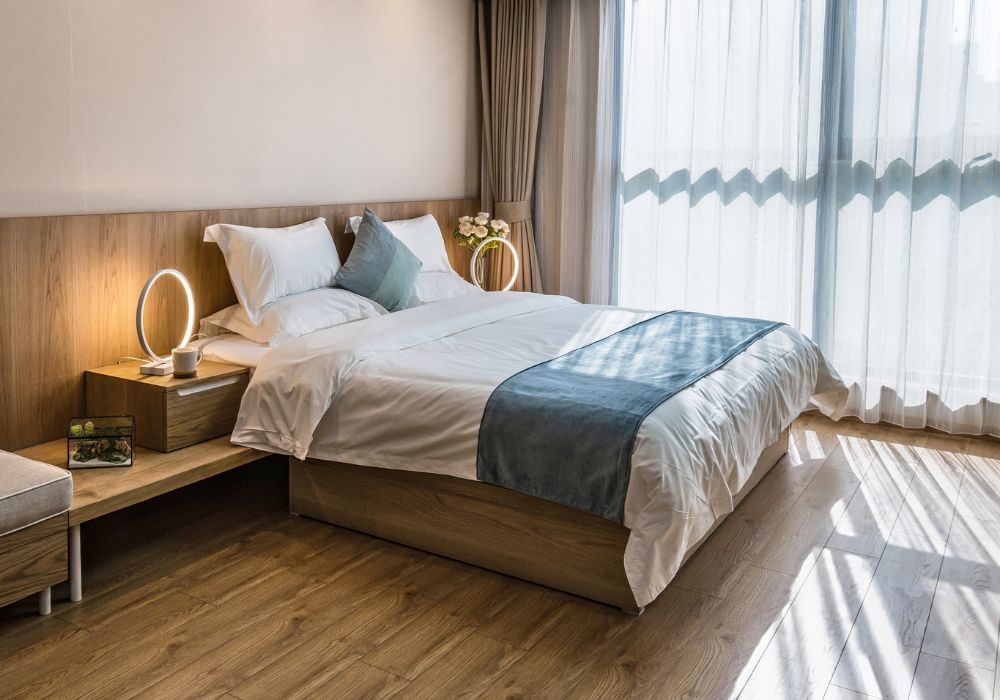
Aromatherapy:
Appeal to the senses with subtle scents that evoke a feeling of home:Air Fresheners: Use natural and subtle air fresheners to create a pleasant fragrance throughout the home.
Baking or Fresh Coffee: If you have a showing, consider baking cookies or brewing fresh coffee for a welcoming aroma.
Personalised Touches:
While depersonalising is important, subtle personalised touches can create a sense of home without overwhelming potential buyers:Books and Magazines: Arrange a small selection of books or magazines on coffee tables or bookshelves.
Cosy Throws: Drape a cosy throw over a chair or sofa to evoke a sense of comfort.
Conclusion
Home staging is not just about making your property look nice; it's about strategically preparing it for sale to maximise its appeal and value.Whether you're selling a family home or an investment property, the techniques discussed in this article can help you create an environment that resonates with potential buyers and encourages them to make an offer.
Key Takeaways:
- First Impressions Matter: Kerb appeal sets the stage for a positive first impression. Invest in landscaping, exterior cleaning, and small upgrades to make your property inviting from the moment buyers arrive.
- Declutter and Depersonalise: Create a neutral and spacious canvas for potential buyers by decluttering and depersonalising your home. Remove personal items and leave only what's necessary to showcase each room's potential.
- Make Effective Furniture Arrangement: Arrange your furniture to maximise space and flow. Create clear pathways and highlight focal points in each room to help buyers visualise the space.
- Repairs and Make Upgrades: Address necessary repairs to ensure your home is in top condition. Consider strategic upgrades that can enhance value and appeal, but be mindful of your budget and return on investment.
- Add the Finishing Touches: Add finishing touches like fresh flowers, artwork, soft lighting, and tasteful decor to make your home feel warm and inviting. These small details can create an emotional connection with potential buyers.
If you are looking to sell your house and need any more tips to help boost the appeal of your home, contact our experienced team who can help offer practical advice, tips and guidance.



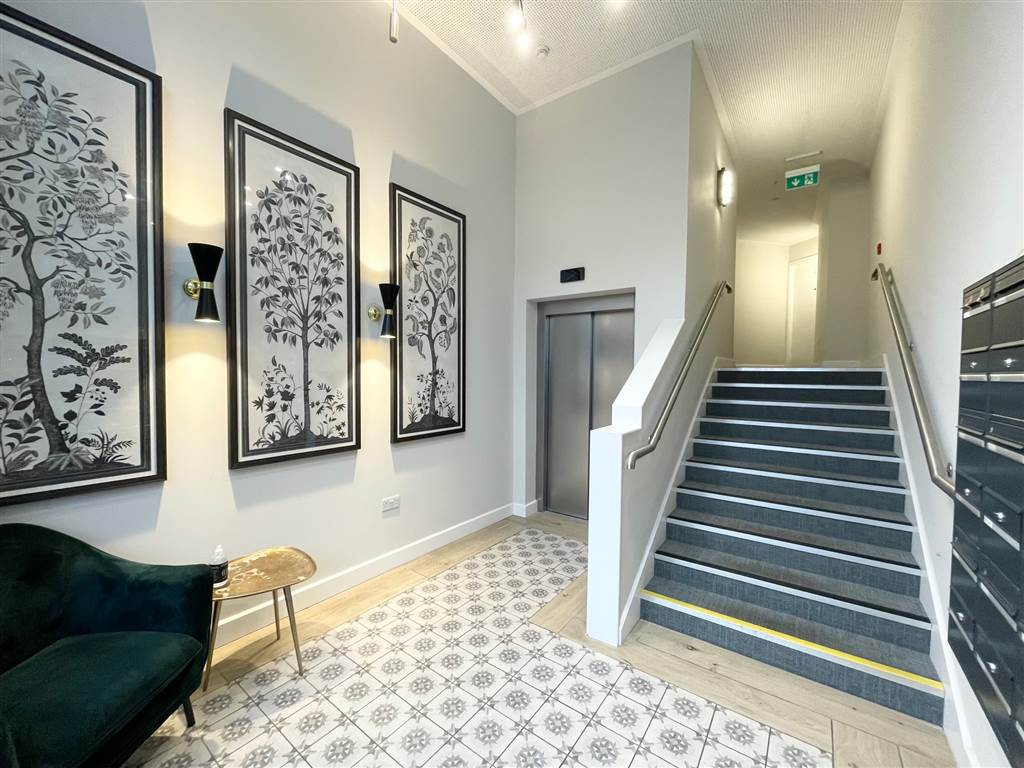
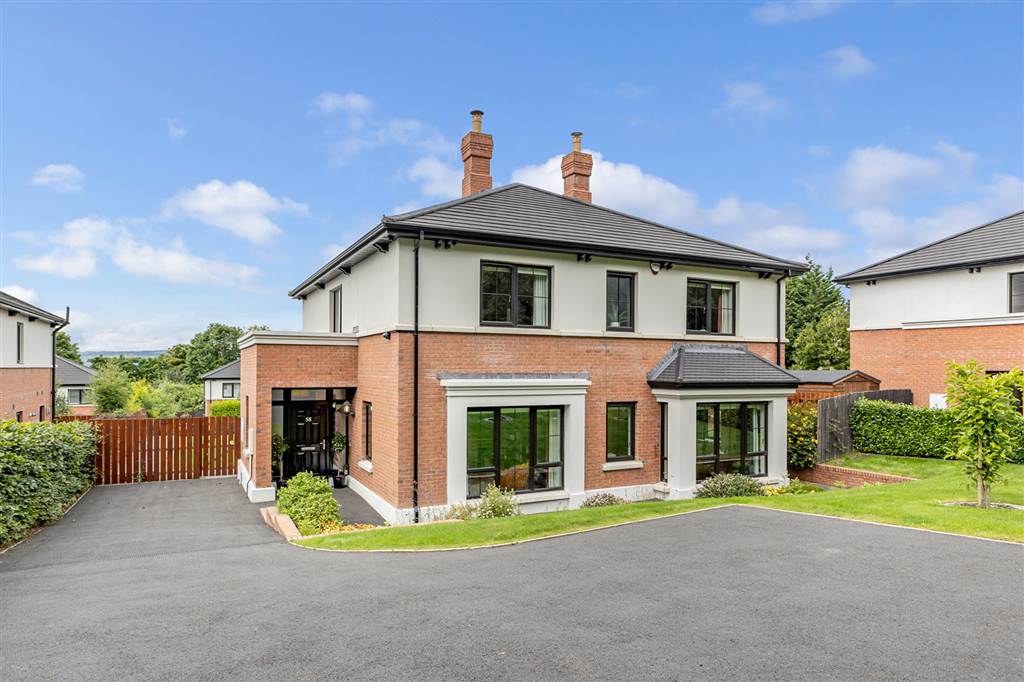
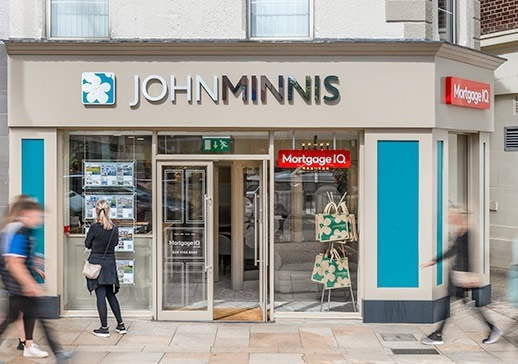
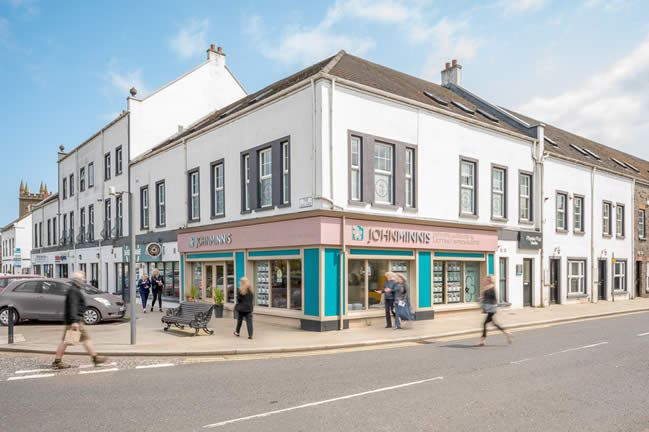


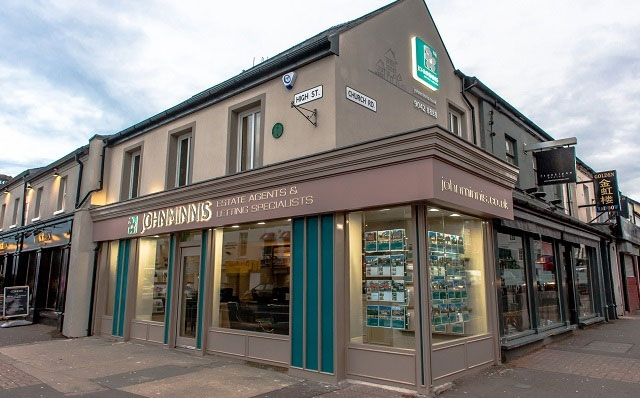
.jpg)